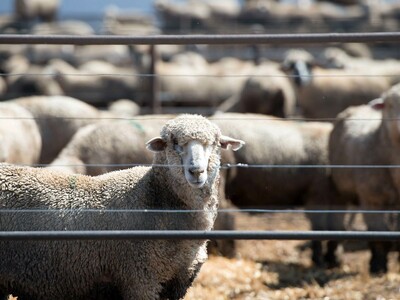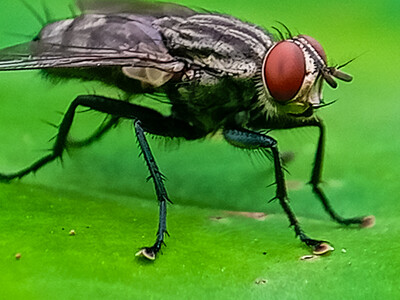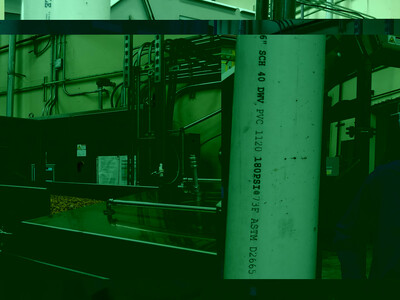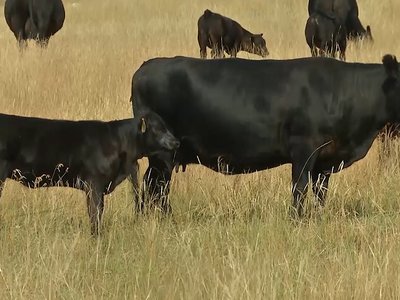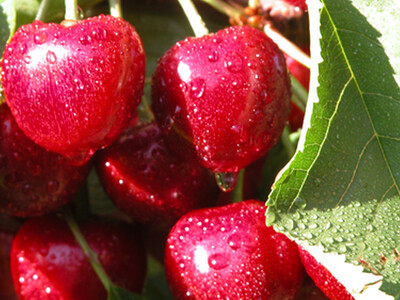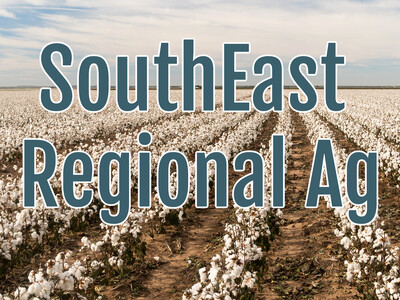Pulse Crops and Nitrogen
Nitrogen fixation is one of the best examples of cooperation in nature. Soil microbes – naturally occurring bacteria in the soil – work with plants to pull nitrogen from the air. They turn the nitrogen into a form the plant is able to use. In return, the plant lets the microbes eat some of the sugars it makes.Faba beans (also called fava beans) are one example of plants that work with soil microbes in this manner. These dried beans are part of a food group known as pulses. Their ability to work with microbes to fix nitrogen is a highly desired trait. It means growers can apply less nitrogen fertilizer to their fields.*
Dr. Newton Lupwayi and his research team work with legumes and pulse crops in Alberta, Canada. Alberta has terrific conditions for pulse crops: good soil (and microbes), good average temperatures, and good average rainfall. The team recently published research about the effects of using faba beans in two different ways to increase soil health in Canadian soils.
Dr. Lupwayi says, "Pulse crops are grown in the Canadian prairies because of their agronomic, economic and environmental benefits. They are recommended to be grown once every four years." His findings suggest growers should adjust their use of nitrogen in the years after a pulse crop. " Residues of pulse crops grown to the seed-harvest stage may not release much nitrogen in the first year after harvest, but they do release nitrogen for several more years," says Lupwayi. "Right now, most growers are not taking that extra release into account. Fertilizer recommendations should take the slow-release nitrogen into account to avoid applying excess nitrogen."
In addition, says Lapwayi, "Growing a different crop from one year to another can break the pathogen cycle. This reduces the cost of disease-control chemicals, and is especially important to organic growers."





